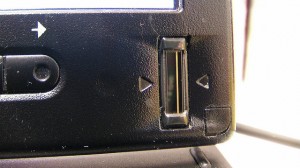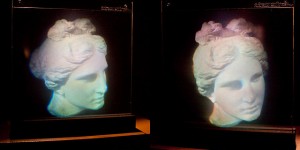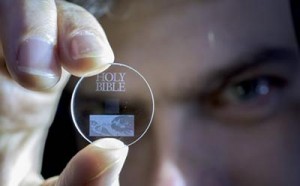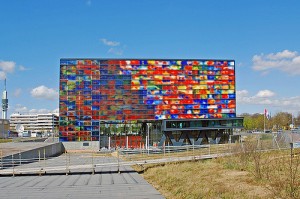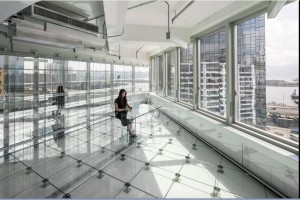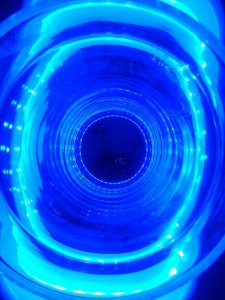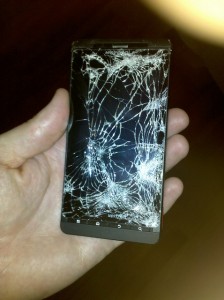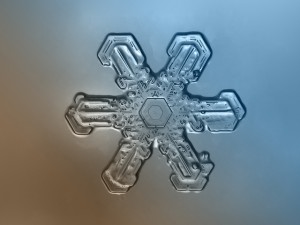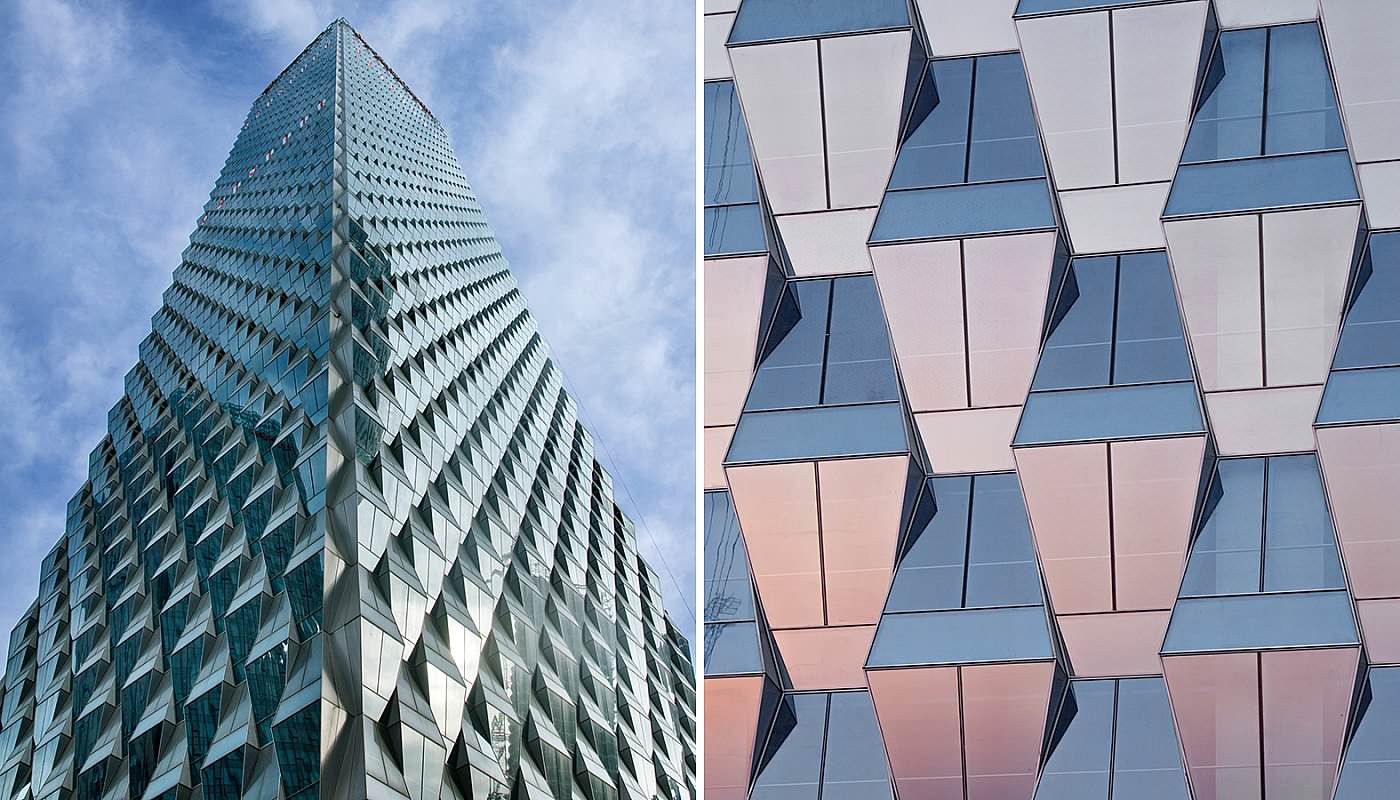Under glass print reader ready to go
Biometric authentication technology has been around for awhile, but it’s about to come to a phone, tablet or laptop near you. Several technology companies are working on under glass fingerprint readers that will be incorporated into trackpads in the near future.
Glass fingerprint readers ready to go
Last month, LG Innotek unveiled its entrant into the biometric authentication sweepstakes. LG’s fingerprint reader sits just under the screen surface of a phone or other mobile device. Current fingerprint readers are separate buttons that reside awkwardly on the front, back or side of a mobile device. They’re either too small, too big or in the way. Which is why the under glass approach is so interesting.
When the fingerprint reader isn’t being used to read fingerprints, the glass surface is available for other functions, so it doesn’t monopolize a section of the device’s touchscreen (or trackpad) surface. Better still, the under glass readers are highly accurate. (That’s always a plus for security technologies.)
LG’s under glass fingerprint reader is likely to hit the market as part of the company’s smartphone line, but other manufacturers could license the technology for use in other devices.
Synaptics has also been working on an under glass fingerprint reader that is meant to be incorporated into laptop trackpads. The company, which has been promoting the technology for about two years, is ready to release it to OEMs. The Synaptics track pad is made of glass, and sits under the track pad surface. Previous iterations of the technology incorporated a glass window in the trackpad, which “reserved” that space for fingerprint reading.
With the new arrangement, the entire trackpad is made of glass, so when the fingerprint reader isn’t active, the entire trackpad surface is available for mousing around. This approach allows OEMs to incorporate the technology into their laptops without sacrificing trackpad space or changing the way it operates.
Synaptics, which makes about 100 million trackpads annually and makes all of Samsung’s smartphone fingerprint readers, believes that biometric authentication will be a standard part of mobile hardware within just a few years.
At Glassprimer™, we’re familiar with some pretty inventive things that go on under glass. If you’re looking for some under glass inspiration, we invite you to check out the rest of our site. If you’d like to purchase Glassprimer™ glass paint, please visit our online store .
Photo Credit: Andre de la Gare, via Flickr.com

